Charles-Antoine Picart, CEO and representative director of IWA sake shares about the brand’s innovative approach which focuses on the assemblage technique – a blending of various sake types to create diverse varieties versus traditional single-batch brewing. He also tells us how IWA meets future demand of sake in Japan and globally.
Picart was in Singapore to introduce the latest ‘IWA 5 Assemblage 4’ in December 2023. Brewed and blended for the first time exclusively in its home of Shiraiwa in Tateyama, IWA 5 Assemblage 4 marks an evolution in the making of IWA sakes. The company launched its first IWA5 Assemblage 1 in 2020, followed by IWA5 Assemblage 2 the following year, and Assemblage 3 in 2022.
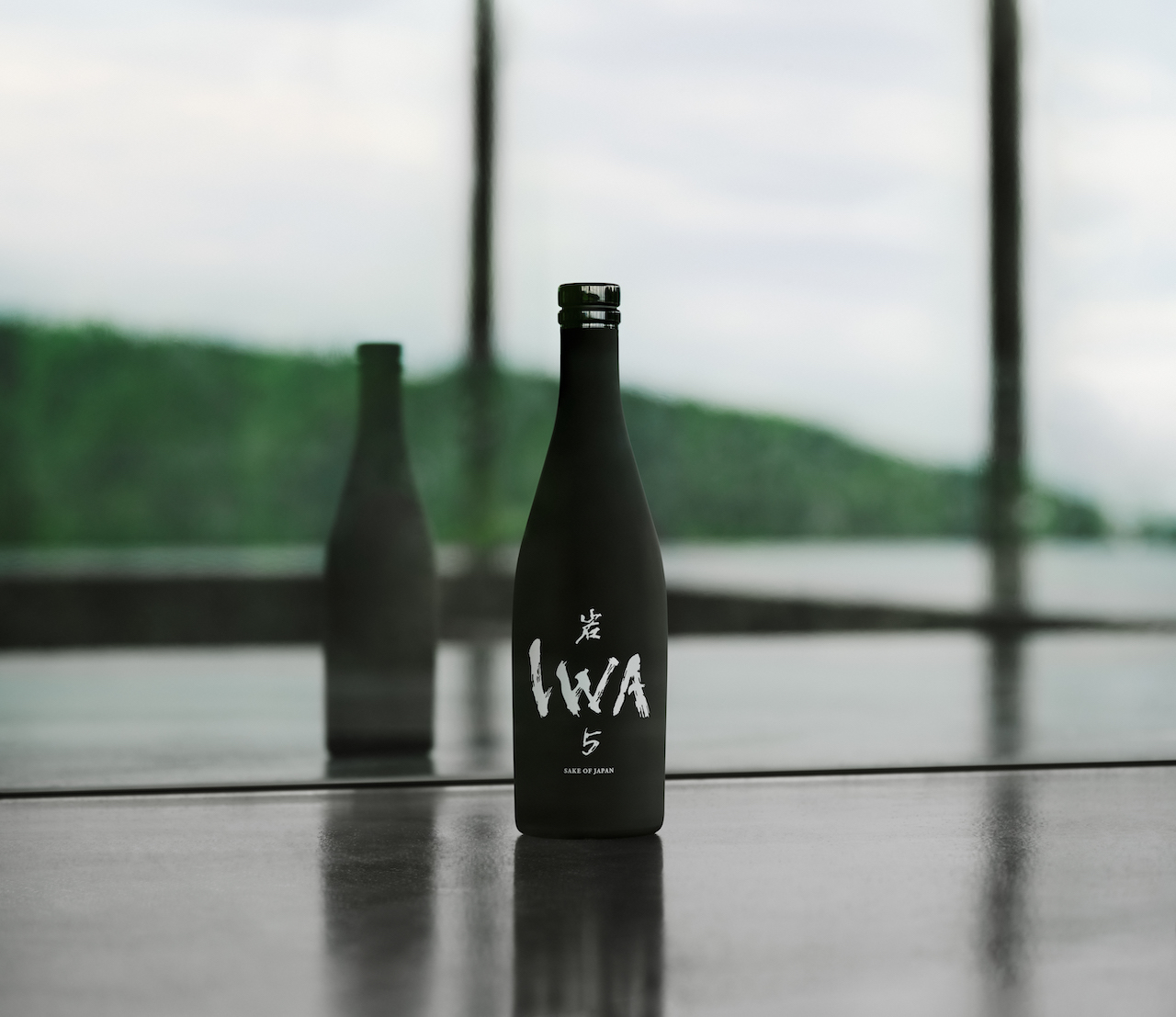
IWA5 uses both traditional and new sake brewing methods – do the Japanese appreciate this way of making sake?
Our innovative approach at IWA centres on the Assemblage technique, blending various sake types to create diverse varieties, a departure from the traditional single-batch brewing. This approach incorporates techniques uncommon in Japan’s largely unblended sake industry. While blending isn’t widespread, recent years have witnessed a growing acceptance of sake blends. IWA, driven by a passion for sake and a commitment to innovation, aims to introduce new experiences within the industry and as such it has been by and large welcomed by our industry peers.
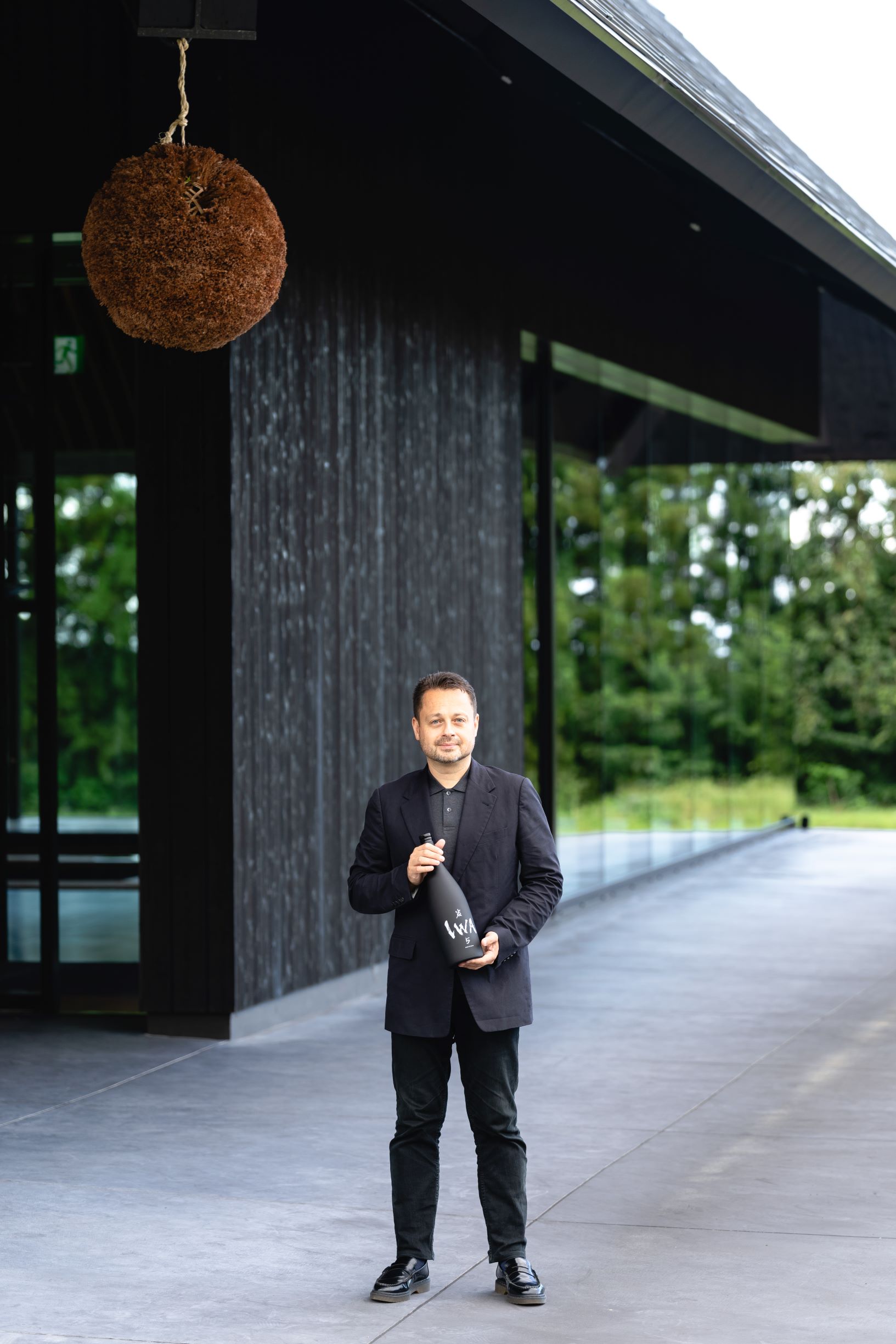
What are some of the most valuable lessons you’ve learnt since you started crafting IWA5?
We’ve discovered that many constraints in sake making are self-imposed. While respecting tradition remains pivotal, innovation is essential to sustain interest in sake. Our deep reverence for history and craftsmanship motivated our sake production. Yet, we aim to present a fresh perspective, unafraid of embracing calculated risks. This approach ensures sake remains relevant to newer generations, bridging tradition with contemporary tastes.
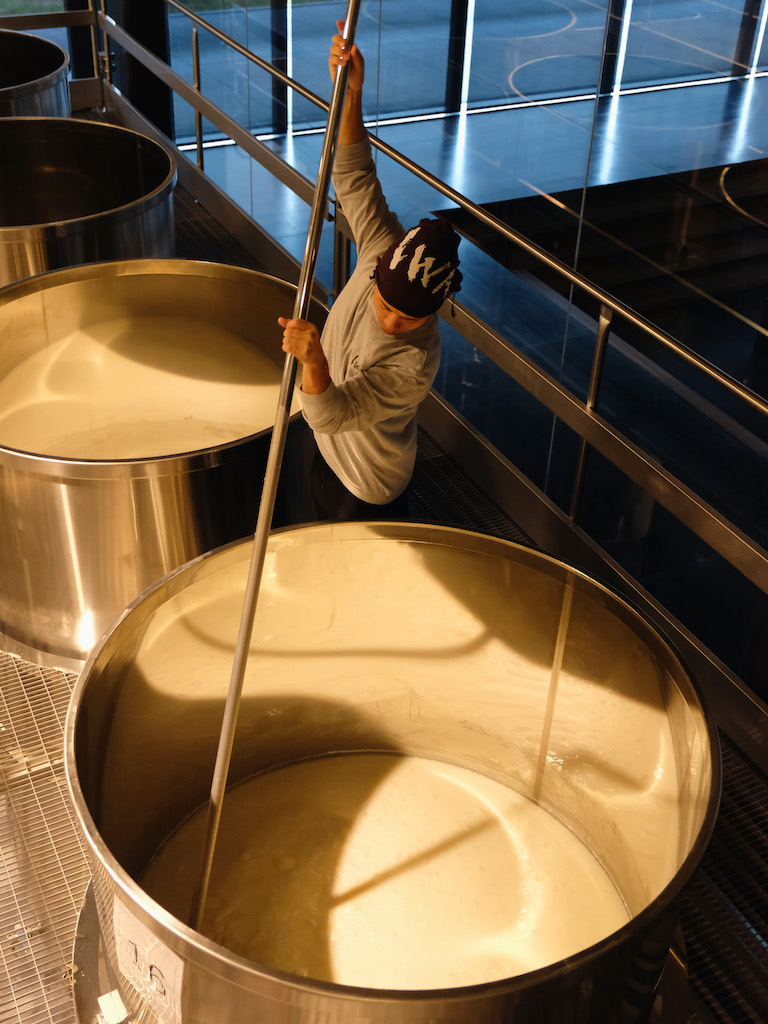
What are some of the biggest myths about sake that you’ve found out over the years? Have you tried to debunk them in any way?
One prevalent misconception within the industry revolves around sake maturation. At IWA, maturation stands as a fundamental element, complementing our Assemblage technique. Contrary to the common belief that sake must be consumed fresh and cannot age, we’ve discovered otherwise. With meticulous handling and the right conditions, aging sake is viable, imparting an unparalleled elegance and depth. While storing sake at freezing temperatures will keep it fresh, it’s not the sole approach to aging, especially with IWA’s meticulous processes.
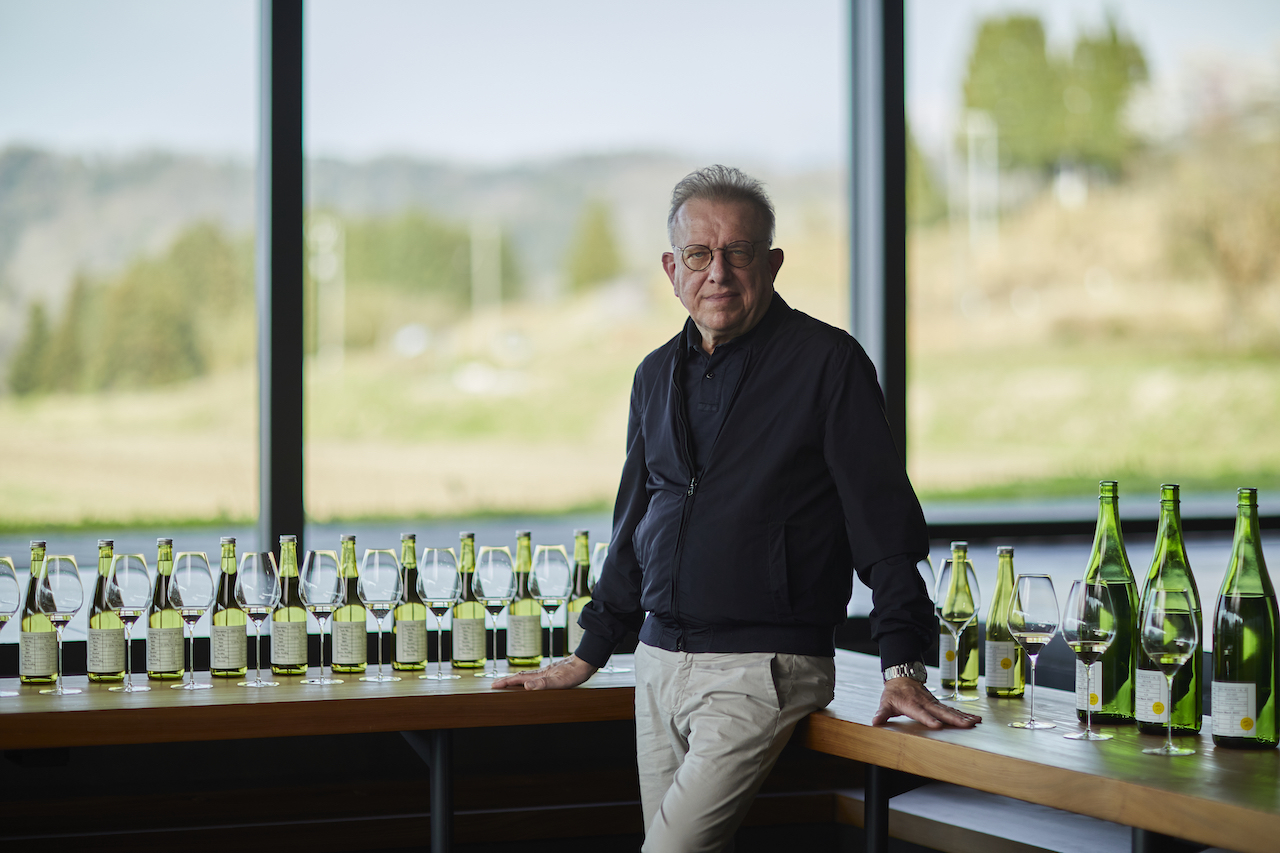
Richard Geoffrey previously mentioned that the future of sake is the wine audience – has this evolved since IWA5 was introduced? How has IWA converted wine drinkers since he started working on sake?
Richard Geoffroy, renowned for his tenure at Dom Pérignon and the founder of IWA, brings a compelling perspective that captivates sommeliers and wine enthusiasts globally. Leveraging Richard’s background and our belief that IWA represents an avenue to entirely new experiences, we’ve witnessed a remarkable transition among wine aficionados. From Parisian restaurants to Napa Valley collectors, we’ve observed an increasing number of wine drinkers embracing IWA as part of their repertoire. IWA was born from a place of love and Richard in particular likes to be an ambassador for sake.
What do Japanese people (initially) think of the way you blend and age IWA sake?Are they considered more open minded these days?
The response, particularly among Japanese sake brewers and enthusiasts, has been remarkably positive. There’s a growing understanding that blending and aging sake require a distinct skill set, complementary yet separate from the brewing process. This shift in perception acknowledges that embracing this approach in sake production offers new and dynamic perspectives, leading to excitement and innovation within the industry.
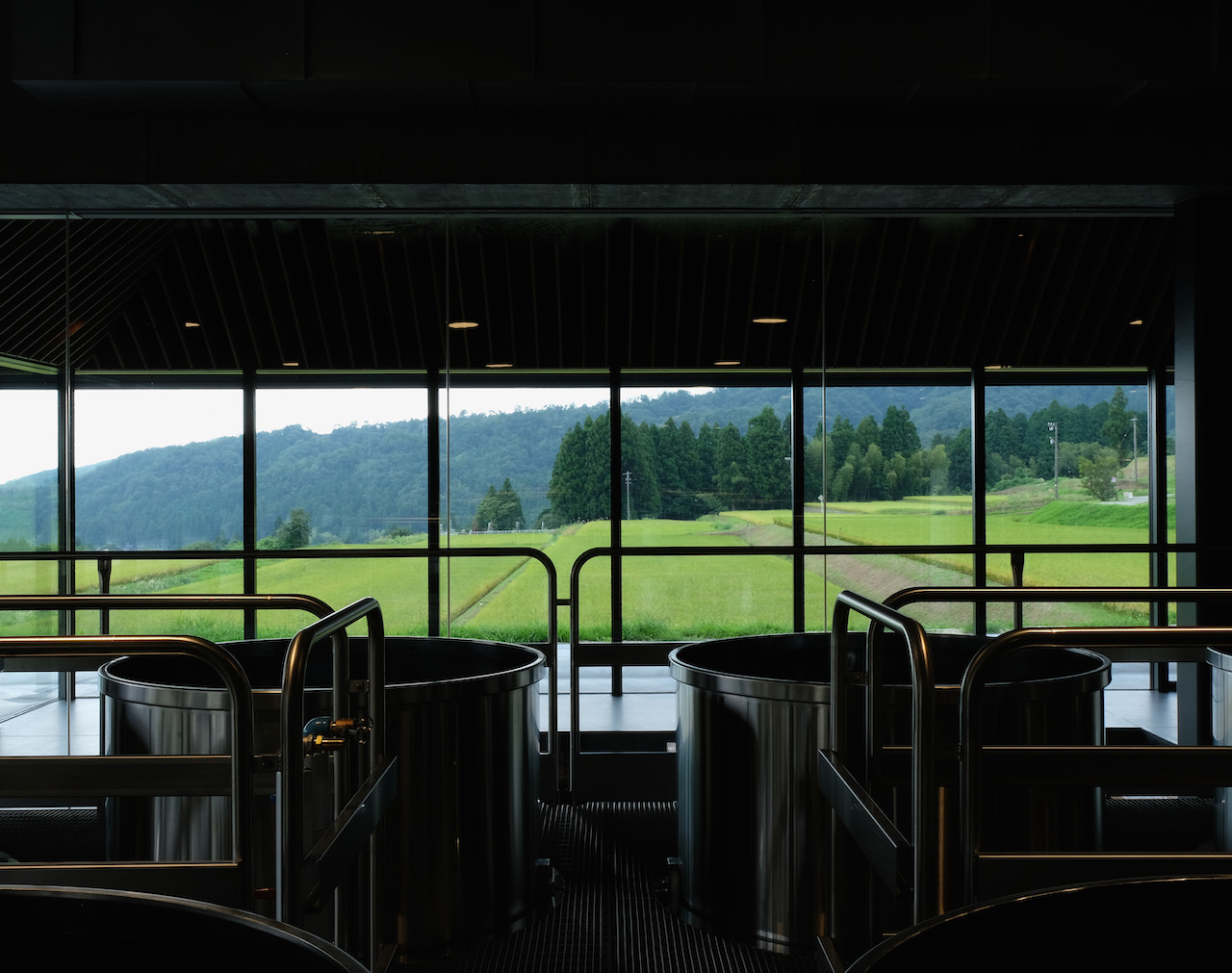
You’ve mentioned before that sake making is an ongoing experimentation – to strive for harmony and never quite reaching perfection. How has your experimentation evolved – and how do you continue to experiment today (compared to when you first started)?
At the onset, IWA’s experimentation primarily revolved around yeast selection and refining moto techniques under Richard’s guidance. Presently, our exploration encompasses a broader spectrum, focusing on koji variations, maturation both in and out of the bottle, etc.. We also always keep an eye on the rice selection. The complexity of sake making offers boundless avenues for experimentation, and we embrace these possibilities to continually refine and innovate our craft.
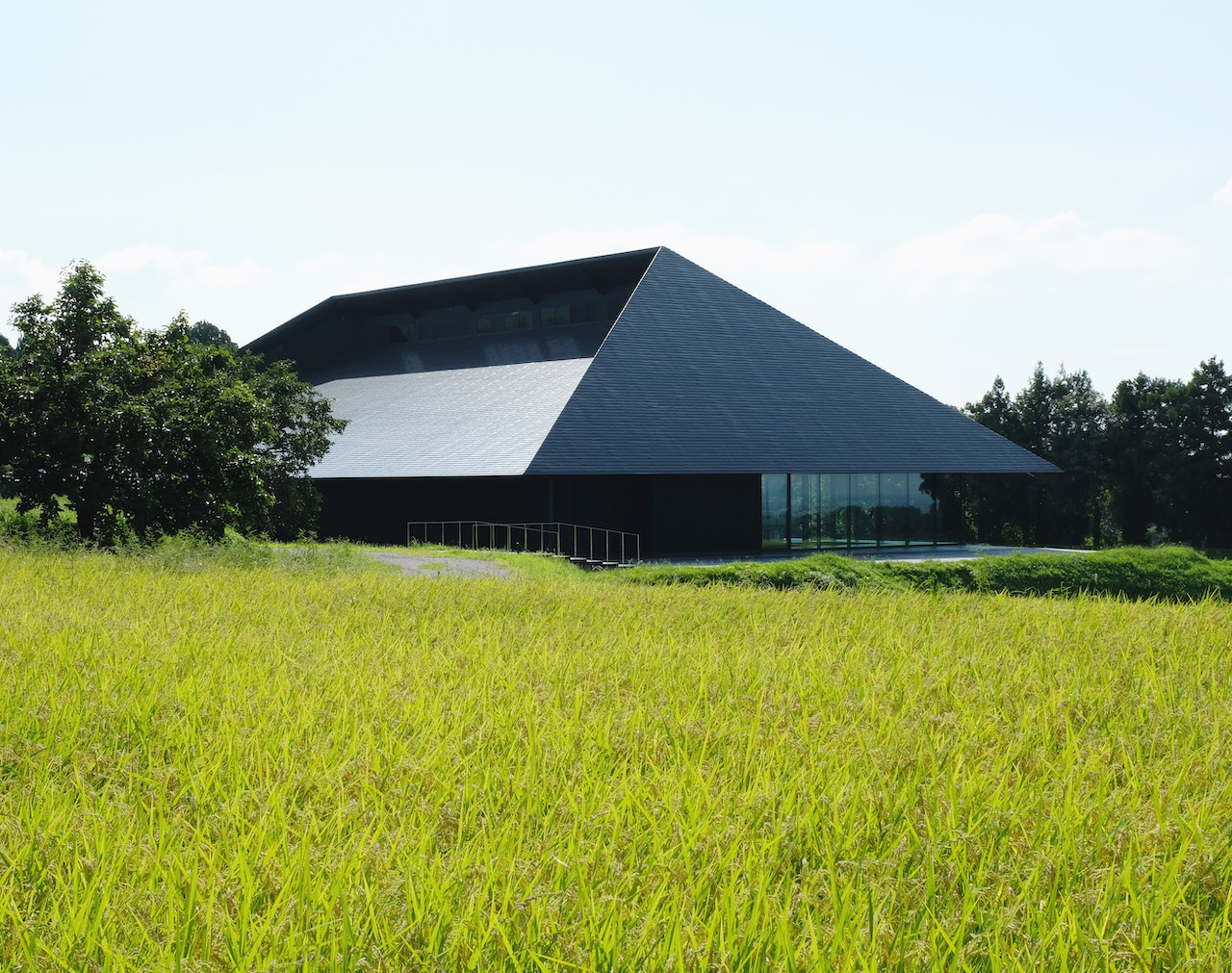
Does IWA5 pair well with spicy Southeast Asian cuisine?
IWA is crafted to harmonise with diverse global cuisines, going beyond traditional sake profiles tailored for delicate Japanese dishes. The Assemblage technique specifically aims to complement a broader spectrum of foods, including the vibrant and spicy flavours of Southeast Asian cuisine. Experimenting with serving temperatures, ideally around 16 degrees Celsius, reveals previously unexplored dimensions of IWA, creating perfect harmony with spicier dishes. Of course, IWA will also go great with sushi!
____
Photos © Nao Tsuda
